When traveling with my children, I want to show them sites that will make an impact, and nothing makes an impact quite like a crater one mile in diameter left in the Arizona desert by a 50,000 year old meteor.
The Barringer Crater, named for the man who first suggested that its existence was created by meteor impact, is located in cattle ranch near Winslow, AZ (as in standing on the corner, you know the one.) It is billed as a roadside attraction, and although it is off the beaten path in between one important city and another, it has none of the kitschy appeal that is typical of roadside sites. This is the real deal- the750 foot deep evidence of what happens when a rock fragment weighing 300,000 tons hits the earth.
As we were driving across the dusty field, and across the cattle grates, I worried that visiting the site would be a waste of time, and maybe money too. A giant hole in the earth has the huge potential to be underwhelming, and could rely on gimmicks such as giant green aliens and UFOs to amp up the interest. What I hoped was that we would be wowed by the force that lies in the outer reaches of the asteroid belt and that there would be educational value in visiting such a site.
And that’s exactly what we got.
~Telescopes pointing to various objects in the crater help to give a scale to the site.~
Approaching the Visitor’s Center on the north rim of the crater that spans a mile across, we had several options to begin our visit. Exhibits and a film about the crater were both available, but we bypassed those for an opportunity to begin at the source-the ”best preserved meteor crater on earth.” At the observation deck, it is easy to see why the site can claim to be the best preserved. It looks exactly like what you would imagine if a massive rock hit the earth with the force of 2.4 megatons of TNT.
~Look very closely and you can almost make out the flag and astronaut at the center of the crater~
The remarkability of the almost perfectly spherical pockmark is equaled by the sheer size. Signage tries to help visitors comprehend the scope with the analogy that 20 complete football fields could easily fit inside the crater, but even that is an exercise in imaginative futility. Perhaps the best way to understand the remains of the impact is to look through the telescopes provided on the edge of the observation deck. One such telescope shows a six foot astronaut and flag at the center of the crater. Through the telescope it is barely magnified enough to make out the figure. Stepping back to use the naked eye, a tiny speck is the only thing that can be seen at the center of the crater, giving a bit of perspective to the size.
Inside the Visitor’s Center is where the educational value of this site really got started. A short film in a somewhat low-tech theatre proved to be extremely well produced and informative. The film not only explained the conditions that produced the meteor crater, but the impact-metaphorically speaking-that the Barringer Crater had on the study of meteors and their collisions.
~Feeling the impact of a crater~
Prior to the discovery of the Barringer Meteor, scientist believed that any mark on the earth that had similar characteristics had to be created by the implosion of a volcano. With the conclusive evidence at the Barringer site, many other meteor craters on earth were able to be identified.
~Simulators in the museum give hands-on experiences for kids.~
The museum was the last section of the center, and while it looked like it might be underwhelming at first glance, it was both entertained and educational. Although there were plenty of exhibits that had tons of reading that were more geared towards adults, there were also plenty of hands-on experiments for the kids. The highlight of the museum was the meteor simulator, which encouraged users to experiment with the size, shape, velocity, angle, and material of the meteor as it hits the earth. The museum also features a 1,406 pound meteorite and meteorite specimens from 50,000 years ago that can be touched.
~Giant Meteor found in the area~
Don’t make the mistake of thinking this is just a site about ancient history. The future of space travel and exploration is also happening here. Training missions for moon and Mars explorations happen regularly here. Perhaps more excitingly, more researchers request visits to the crater each year, hoping that the crater holds the answer to a yet unanswered space question. The Rosetta Stone of space understanding may just be in the middle of the Arizona desert, and that makes it anything but a cheesy tourist attraction.
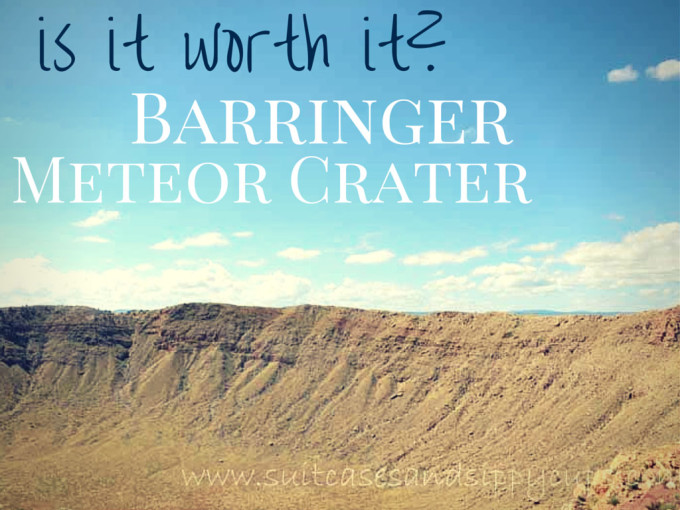
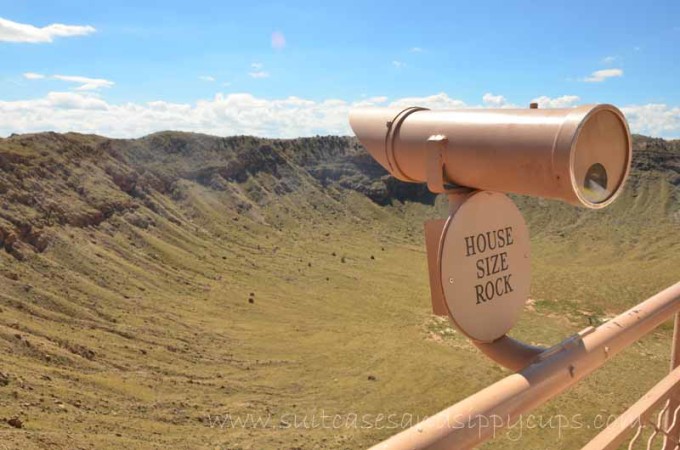
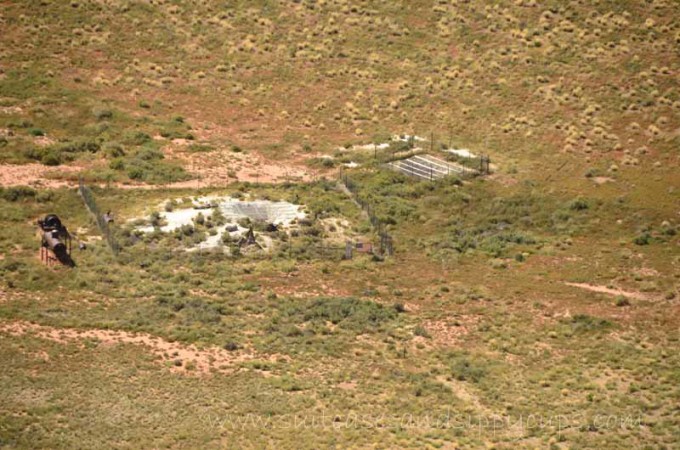
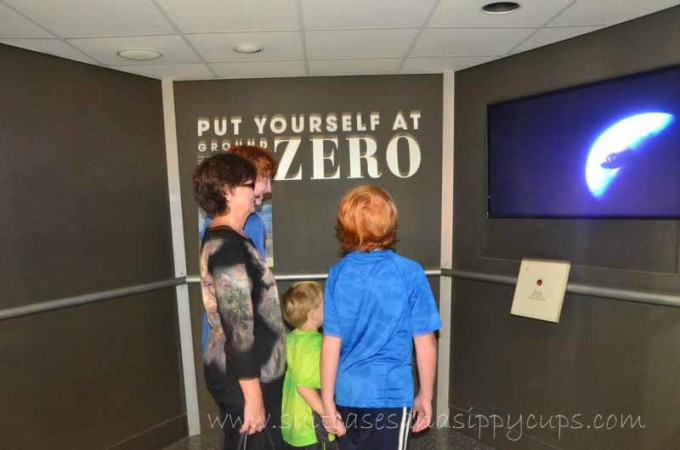
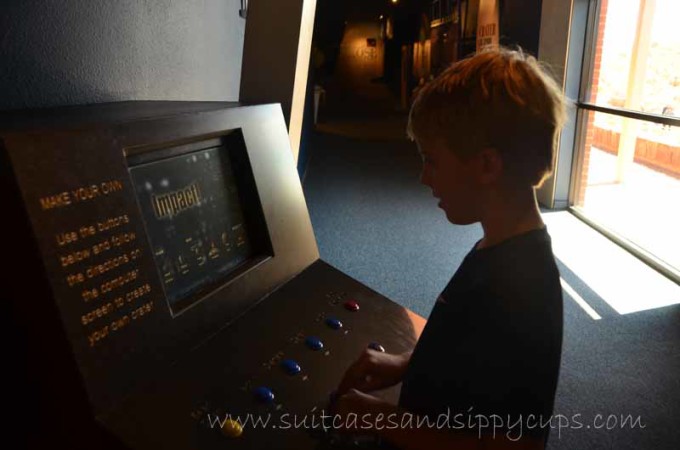
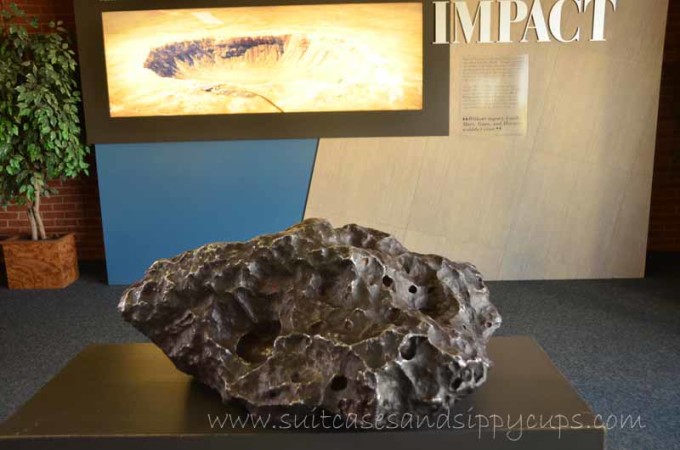
My kids loved it when we went there last year. I agree you should definitely consider visiting this meteor crater!
Star Gazer recently posted…Review of Celestron NexStar 4SE
Good article. I certainly love this website. Stick with it!
offices for rent in singapore recently posted…offices for rent in singapore